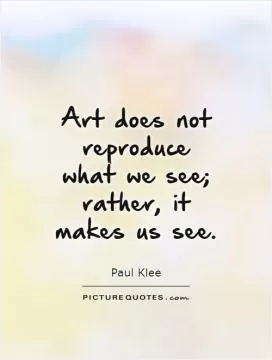Art is the illusion of spontaneity

Art is the illusion of spontaneity
The proverb "art is the illusion of spontaneity" encapsulates the idea that the creation of art often appears effortless and natural to the viewer, when in reality, it is the result of careful planning, skill, and hard work on the part of the artist. This concept can be applied to various forms of art, including painting, sculpture, music, dance, and literature.In painting, for example, a masterpiece may seem to have been created in a moment of inspiration, with the artist effortlessly transferring their vision onto the canvas. However, this illusion of spontaneity belies the hours of practice, study, and experimentation that went into developing the artist's technique and style. Each brushstroke is deliberate, each color choice intentional, and each composition carefully considered. The artist may have spent years honing their craft, learning from the masters, and refining their skills before creating a work that appears to flow effortlessly from their hand.
Similarly, in music, a virtuoso performance may seem to flow naturally from the musician's fingers, as if they are simply channeling the music from some divine source. However, this illusion of spontaneity ignores the countless hours of practice, rehearsal, and study that went into mastering their instrument and interpreting the composer's intentions. The musician may have spent years perfecting their technique, studying the works of great composers, and collaborating with other musicians before achieving a level of skill and artistry that allows them to perform with apparent ease.
In dance, a graceful and fluid performance may seem to arise spontaneously from the dancer's body, as if they are simply moving in response to the music. However, this illusion of spontaneity overlooks the years of training, discipline, and physical conditioning that went into developing the dancer's technique and artistry. The dancer may have spent hours in the studio, practicing their steps, perfecting their movements, and working with choreographers to create a performance that appears effortless and natural.












 Friendship Quotes
Friendship Quotes Love Quotes
Love Quotes Life Quotes
Life Quotes Funny Quotes
Funny Quotes Motivational Quotes
Motivational Quotes Inspirational Quotes
Inspirational Quotes